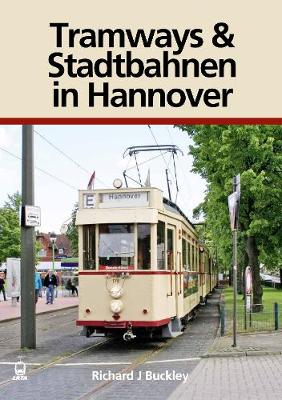The author Richard Buckley cites five particular developments that mark the Hannover tramway out as of particular interest. First is the fact that Hannover was a pioneer in the field of electric tramways and, in particular, in the use of the Siemens bow collector. Second were the Aussenlinien, built at the very beginning of the twentieth century, far out into the countryside around the city. Rural and interurban tramways were not uncommon in Germany but were most often constructed and operated at first by separate companies and could usually be defined as either country services or else as high-speed lines. They ranged from the rural Riegelsberger Strassenbahn out of Saarbrucken to the almost mainline tracks of the Koeln-Bonner Eisenbahnen. In Hannover's case the city and outer lines were all of a piece, even the interurban to the neighbouring town of Hildesheim. Thirdly, these lines were used for intensive goods services, rivalling and perhaps exceeding in intensity of traffic even those of the Belgian Vicinal. The network was the largest freight tramway concern in Germany. Fourth, and moving towards the modern era, the Hannover undertaking played a key role in the development of the Duwag Grossraumwagen, a vehicle which played a crucial part in the retention and modernisation of most of the larger West German systems. Finally, although the city's Stadtbahn is not unique, it is one of the most complete examples of the staged transformation of a street tramway into a high platform urban railway system. As such, it has succeeded in retaining and developing a public transport share which would be the envy of many larger cities, with all the benefits that implies for the environment in both the local and the wider sense.
- ISBN13 9780948106576
- Publish Date 1 April 2020
- Publish Status Active
- Publish Country GB
- Imprint Light Rail Transit Association
- Format Paperback
- Pages 232
- Language English
